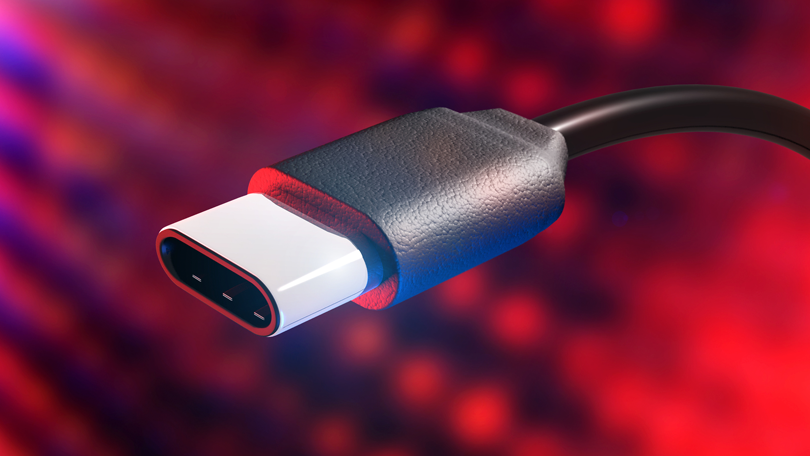
USB-C and Thunderbolt are two of the most common types of anchorages for computers, smartphones, and tablets. Both anchorages offer high- speed I/ O and support a wide range of bias. While the two anchorages are visually indistinguishable, there are significant differences between them The rearmost interpretation of the USB interface, USB-C, was snappily espoused by numerous device manufacturers. Computers — both PCs and Mackintoshes — alluse USB-C, as do smartphones and tablets, thanks in no small part to the harborage’s versatility USB-C provides up to 100W of power to attached bias (via Tech Advisor), making it possible to daisy- chain bias, meaning a single harborage can support multiple peripherals. As a result, manufacturers can design computers with smaller anchorages, without limiting the number of peripherals guests can use contemporaneously The rearmost interpretation of USB-C also supports data transfer pets of over to 20 Gbps, yet another factor that makes it a good harborage for peripherals.
How Thunderbolt Differs From USB-C
Thunderbolt string plugged in to computer Jeff28/ Shutterstock Despite all of USB-C’s advantages, Thunderbolt is better The interface was created by Intel and Apple and has seen its physical harborage change over the times. Original performances of Thunderbolt used a Mini DisplayPort as the physical connector. With the rise of USB-C, still, Intel switched to that style of connector as the tackle interface for Thunderbolt. As a result, a Thunderbolt string can be used interchangeably with any USB-C harborage, although that does n’t mean all USB-C anchorages are Thunderbolt anchorages.
The primary difference between the two norms is speed. While USB-C supports up to 20 Gbps transfer pets, Thunderbolt 3 doubles that, delivering up to 40 Gbps (via Thunderbolt Community) Thanks to the increased pets, Thunderbolt is ideal for media professionals and anyone who has to transfer large quantities of data. Again, it’s important to note that Thunderbolt only delivers faster pets when both bias support it. Plug a Thunderbolt supplemental into a USB-C harborage and the connection will be limited by the slower of the two.
While it’s surely accessible that both norms use a single physical interface, buyers wanting the briskly Thunderbolt should make sure the computer they ’re buying supports it — not just the slower USB-C.






